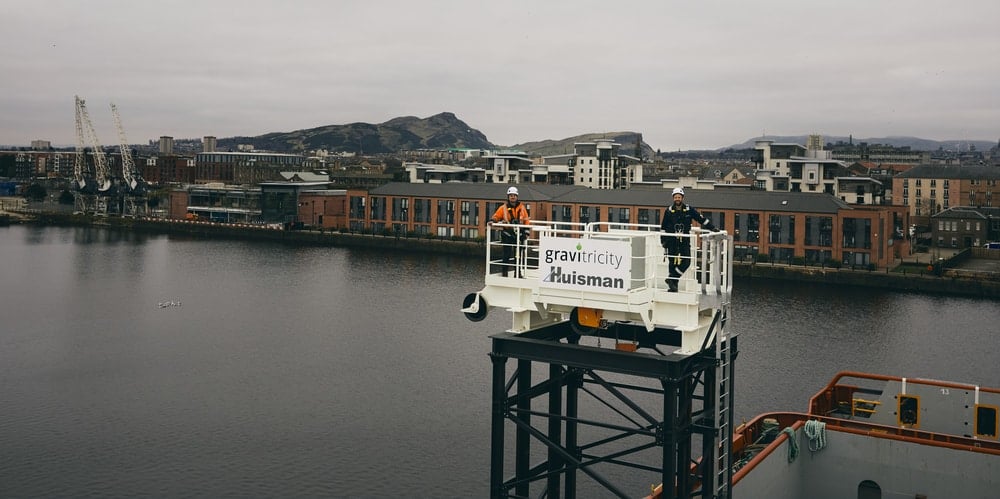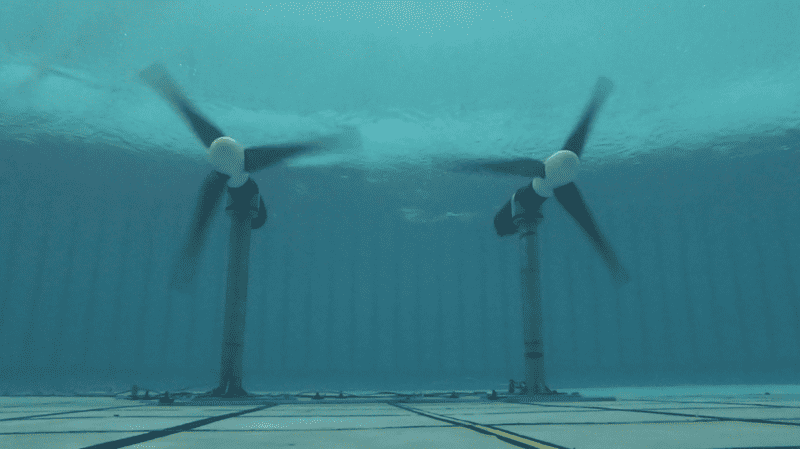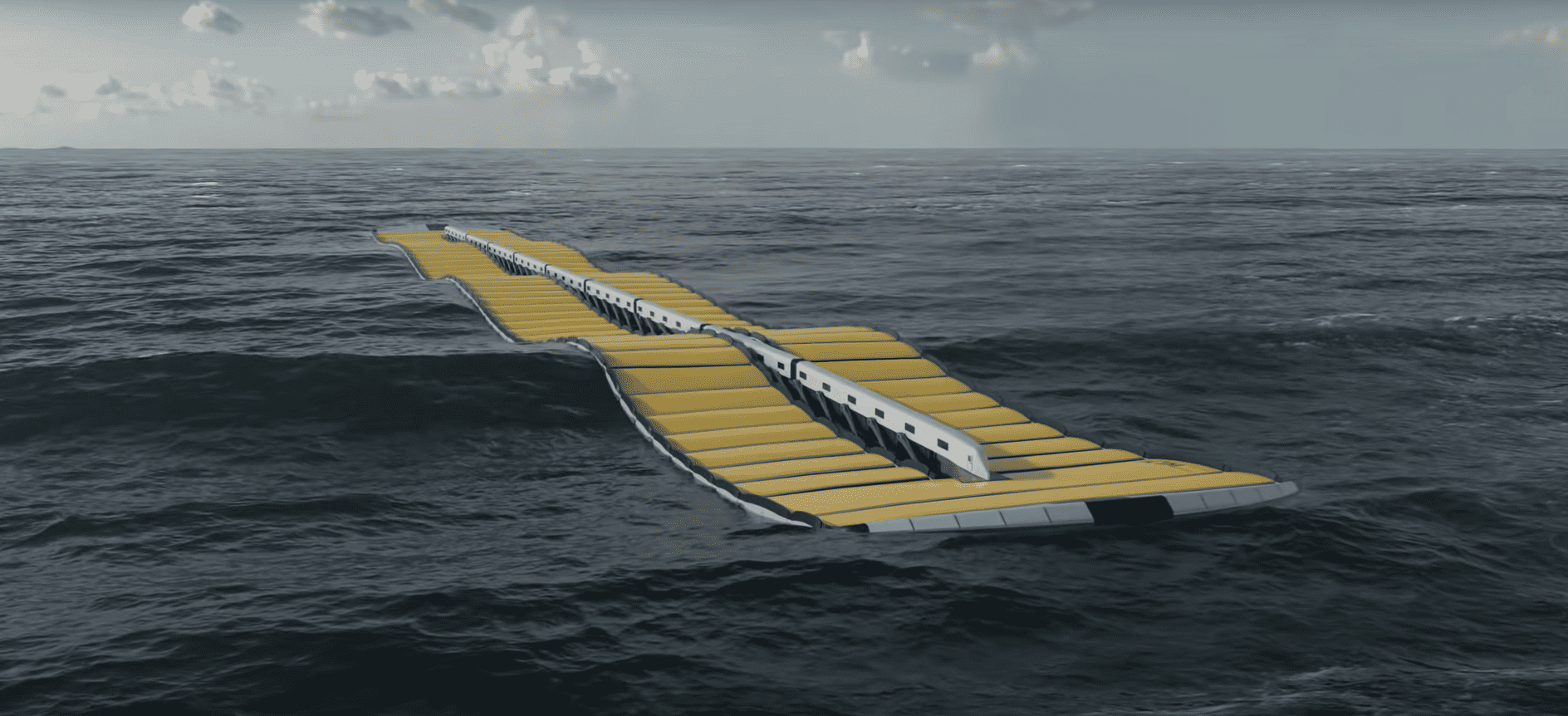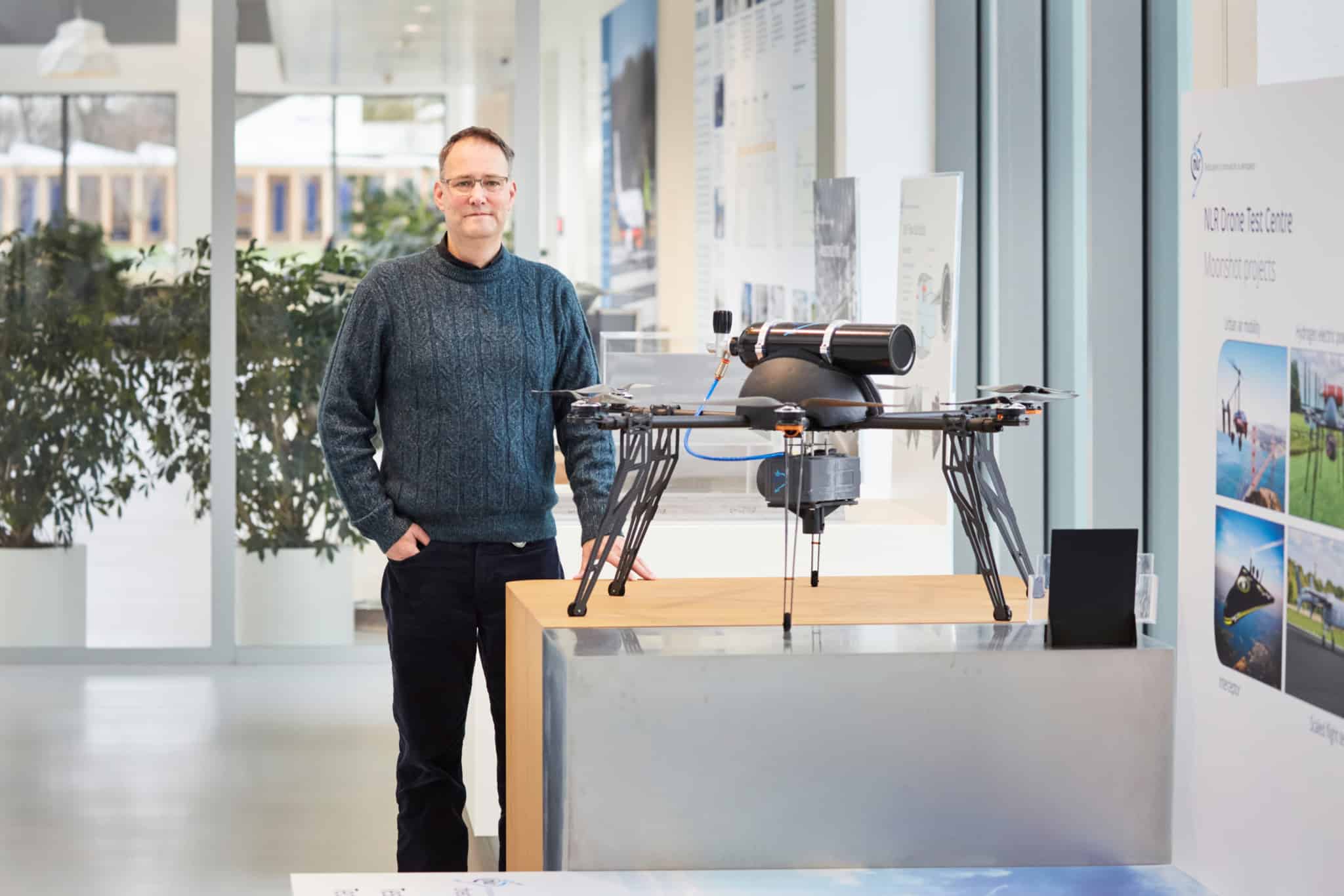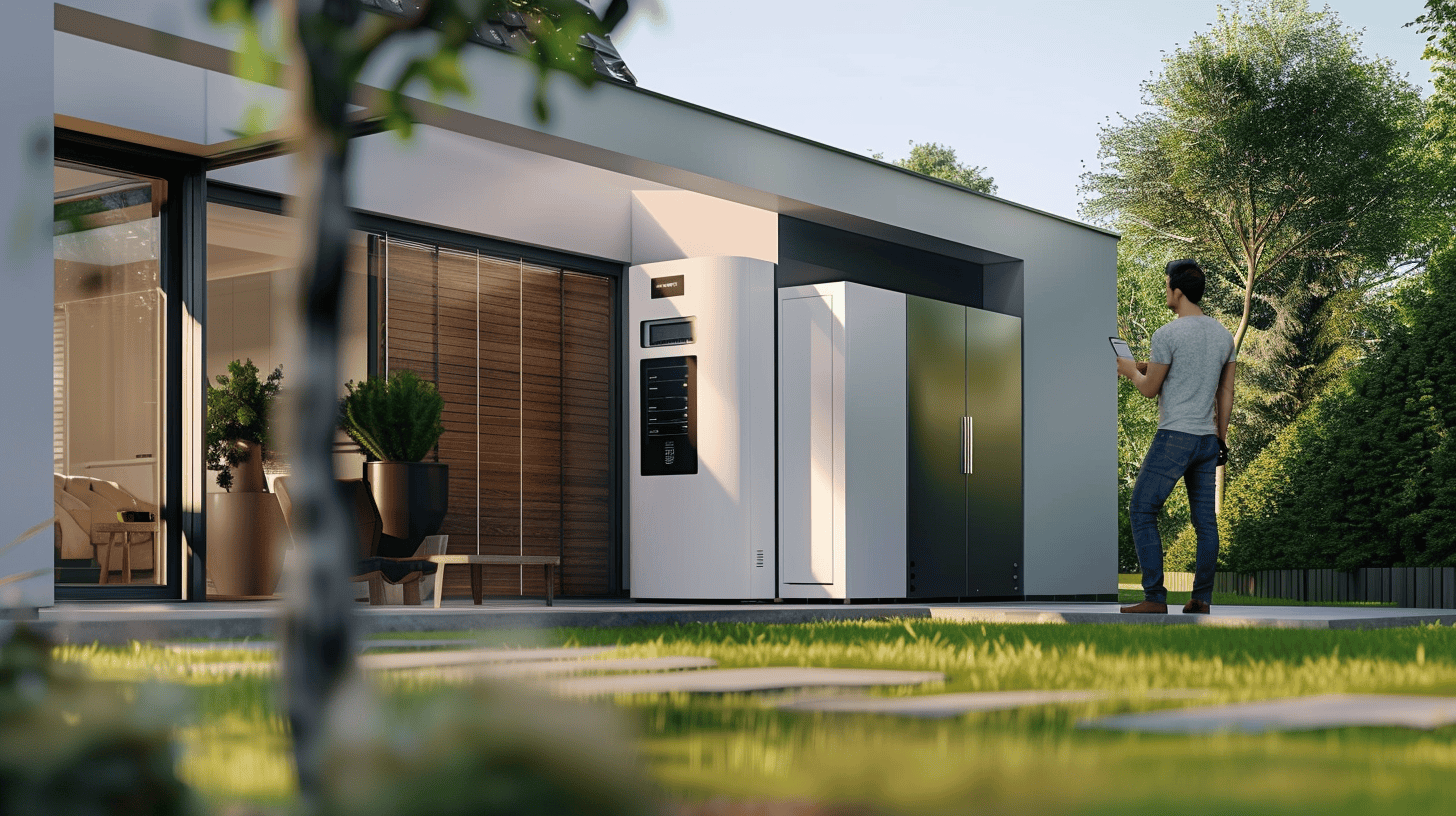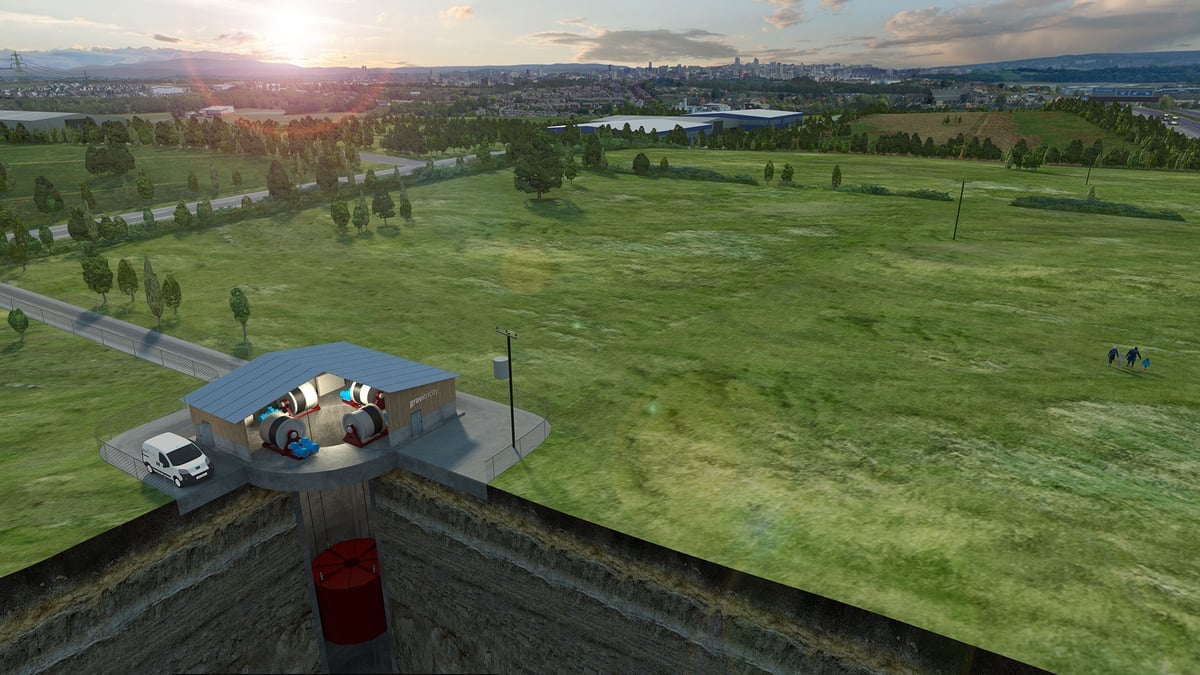
Peter Fraenkel is the inventor of the first professional tidal energy convertor (TEC) as well as the mastermind of the first ‘gravity shaft’ for energy storage.
With such a description, you might imagine a young woman or man from Silicon Valley. Or perhaps from some other innovation and technology hub. But the Peter Fraenkel in question is 79 years old and lives with his wife in a modest home in a west London suburb in the UK.

Fraenkel, who graduated as a mechanical engineer, got the idea for the tidal stream generator ( what TECs are also called) in the 1970s. In 1976, he conducted tests on the Thames River with a small electricity turbine mounted on a motorboat. In 1980, he started a development project in South Sudan to test the system at full scale. He did this by using water from a flowing river to generate power. Fraenkel installed a turbine at a site where the White Nile had a strong current. This pumped 50,000 liters of irrigation water per day. The technology did not find a market at the time because the local farmers who needed it could not afford it.

But this pivotal effort did lead to the realization that tidal power could be an important source of clean energy generation in the future. Together with others, Fraenkel built the world’s first tidal stream turbine in 1994. It was a pilot plant in Scotland that generated 15 kilowatts of power per hour.
First and only
In 2003, the company MCT, which he co-founded, installed a 300 kWh tidal turbine off the coast of Devon, England. This was originally intended only as a test rig, but to date it is the only tidal turbine installed more than a kilometer from land. In 2008, the world’s first commercial-scale tidal energy convertor, the MCT-developed SeaGen was commissioned in Northern Ireland. It is capable of generating 1.2 MWh.
The principle behind the tidal turbine is relatively simple. Energy is generated using the currents created by the difference between low and high tides. The turbines are connected to generators that use the kinetic energy of the flowing water to generate energy. The SeaGen turbine is equipped with two rotors, each 16 meters in diameter.

Although you can rely on tidal energy (you can set your clock by the tides), this form of generating green energy has not caught on yet. “The problem with tidal power is that it is still too expensive,” Fraenkel says.
In 2011, the inventor started the company Gravitricity with the goal of exploiting the Earth’s gravitational field. The main sources of renewable energy, wind and solar, have the disadvantage of providing irregular and unpredictable energy supplies. One way to balance fluctuations in power supply and demand is to store that electricity. Also, surplus wind energy can be used to produce hydrogen which can be used for heating. Hydrogen will eventually replace natural gas.
Mine shafts
Gravitricity’s system is based on the simple principle of lifting and lowering heavy weights. Power from wind or sun is used to lift the weights. Then, when power is needed, gravity brings down the weights again. In the process, the pulleys drive a generator that generates electricity.
Gravitricity initially wants to use unused mine shafts for this purpose. There are 120,000 of these in the United Kingdom alone. In the future, specially drilled shafts will be added as well. These types of vertical shafts can be up to one kilometer deep. They can be installed anywhere there is a need for energy storage. For example, in or near a power station, an industrial zone or a residential area.

Since the middle of March, a test rig has been built in the port of Edinburgh. It is made up of a 15-meter high working tower, two 25 metric ton weights hanging from steel cables and two generator aggregators connected to the grid. The structure was built by Huisman, a Dutch company whose products also include industrial winches.
The tests should show that the principle works (although there isn’t really any doubts about that) and how the weights remain in balance. The main goal is to study the dynamics of accelerating and decelerating the weights. This is being done in order to meet rapid fluctuations in electricity demand.
Wheels along the shaft wall
One problem is that heavy weights can start to sway when they are lowered, which could damage the shaft. To counteract this, trials are being conducted with cables stretched between the bottom and top of the shaft (or tower, in the case of this test rig) to guide the weights. Another possibility is to equip the weights with rubber wheels that run along the shaft walls.

The test rig is also designed to test precise response times. In order to cope with peaks and dips in the power grid, it is very important that the response time is extremely fast. The effectiveness for grid stabilization depends on the response time.
If the reaction time is not ideal, Fraenkel does have a trump card up his sleeve. The Englishman already has a design for a multivariable shaft where the weights interact in parallel and in phase, so that there will never be an interruption in the stream of electricity.
Compressed hydrogen
Fraenkel has already done his bit for a (sustainable) society. But because the inventor’s likes to follow his nose, he keeps coming up with new ideas. He is convinced that the shafts could be used even more efficiently. “You could also use compressed air or hydrogen in the shaft, which would more than double the volume of energy storage.” His company has just filed another new patent for this purpose.
Fraenkel is very confident in the future of hydrogen, at least where large-scale use is concerned. “When it’s very windy, wind turbines sometimes shut down because the electricity can’t be distributed. If the amount of wind turbines continues to increase, surplus wind energy will no longer be incidental but will become commonplace.”
Heat pump
Finally, the new patent application also provides for the possibility of filling a shaft containing the Gravitricity weights with compressed gas and using it as a heat exchanger. This would allow the shaft to function as a very large ground source for using with heat pumps.
So, in Fraenkel’s view, gravitricity can not only respond quickly to variations in the power grid through the gravity power plant, but also by storing energy with compressed gases, such as hydrogen. Eventually, it could also lead to producing heat in the winter and cold in the summer by using heat pumps in the local vicinity.
In any case, according to Fraenkel, the problem is not so much whether we can generate enough renewable energy, but whether the energy is in the right place at the right time. Therefore, the key ultimately lies in efficient energy storage.
Also read about energy storage in plastics here.



